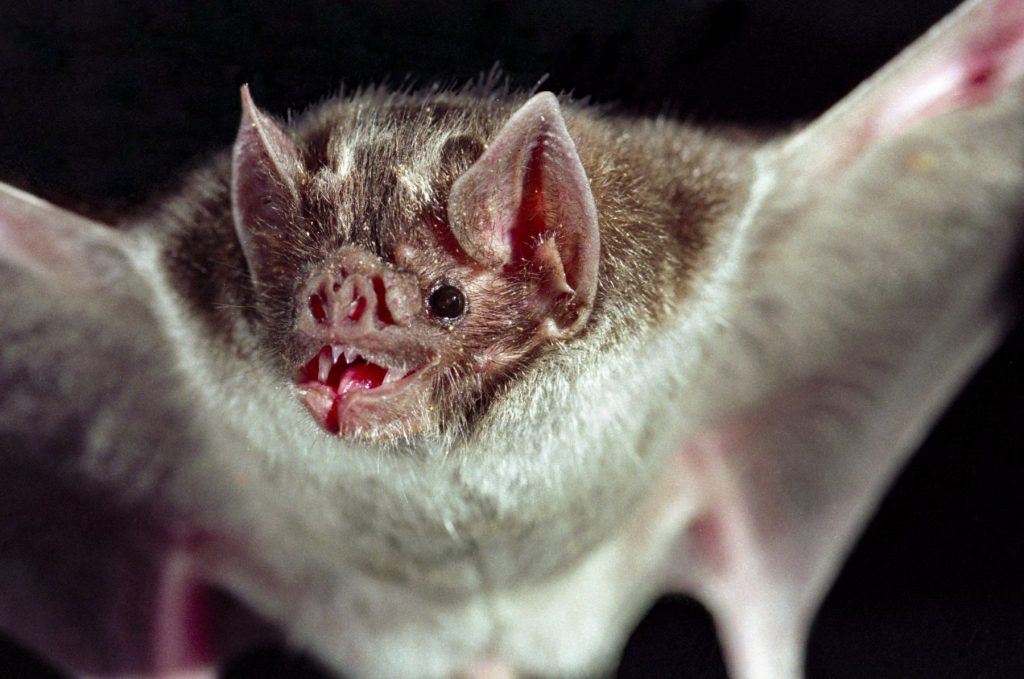Did you know that 40,000 people are bitten by rabid animals every year, and it’s likely that number will be surpassed this year as well? A combination of unseasonably-warm weather and water shortages are contributing to an increase in attacks, and most of the victims so far have been hikers and campers. While we tend to associate rabies with cats and dogs, a number of wild animals that inhabit popular parks and wilderness areas also carry the disease. Let’s take a closer look at this growing threat and what you can do to protect yourself.
Why the Increase?
Rabies is a viral infection that is highly-contagious, and one of the symptoms of an infection is excessive salivation and unquenchable thirst. Consequently, infected animals that are normally reclusive or skittish around humans are emerging from hiding as they search for water, especially as water sources in more-remote areas run dry. Unfortunately, many popular trails and campsites are situated near remaining water sources, and this is putting humans and animals on a collision course. Additionally, animals are starting to make an association with water and humans, and this is also putting hikers and campers at risk.
Another problem is that infected animals literally begin to lose their minds as the virus attacks the brain, and one of the side-effects is that they become aggressive. This makes them more-likely to attack humans instead of running away and hiding when they cross paths.
Bites Will Lead to Exposure
If a human gets bitten by a rabid animal, the virus will enter the bloodstream, guaranteed. However, different people respond to the virus in different ways. Some can fight it off without treatment whereas others will need to get treated to prevent the virus from spreading. Unfortunately, treatment is given proactively because it can take weeks for symptoms to develop. However, serious and irreparable harm can occur beforehand, so it’s important to err on the side of caution and get treated.
Prevention
While there is little that we can do to avoid coming into contact with a rabid animal, we can take steps to minimize the chances of a bite penetrating the skin. Our first, and best line of defense is to cover exposed skin with sturdy and durable fabric. Wear long-sleeve shirts and pants instead of shorts while hiking. Wear good shoes and thick socks to protect ankles and feet. Remember that the virus can’t be transmitted unless the bite penetrates the skin, and these simple precautions can prevent this from happening altogether. Also, make sure that you’re sleeping in a tent or cabin that is screened to prevent animals from getting inside while sleeping.
Another important line of defense is to carry a stick that you can use it to swat away an animal that is posing a threat. Chances are that swatting the stick or tapping it on the ground will scare it away, and it can also be used to put some distance between you and the animal. You can also carry some small rocks and throw them at potential attackers as well. Finally, you can carry a handgun when appropriate to use as a last line of defense.
Animals of Concern
While large animals can pose a threat, foxes, skunks, raccoons and bats are the ones to worry about the most. If you encounter one of these animals, be on the lookout for signs of infection such as frothing at the mouth, erratic behavior and unusual aggression. However, it’s important to remember that it can take weeks for the infection to produce symptoms, and any bite should be treated to be on the safe side.
Be vigilant when spending time outdoors, and consider contacting wildlife officials before visiting wilderness areas in order to determine whether or not there are reports of rabid animals in the area. The more-proactive you are can dramatically reduce the chances of being attacked.
